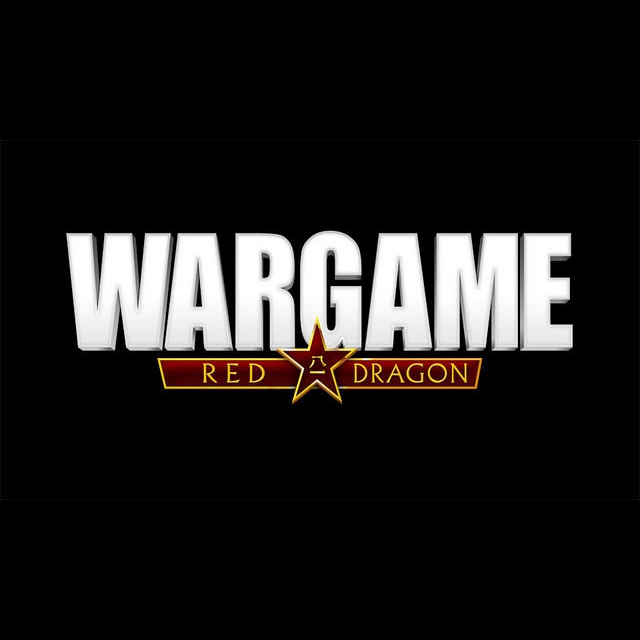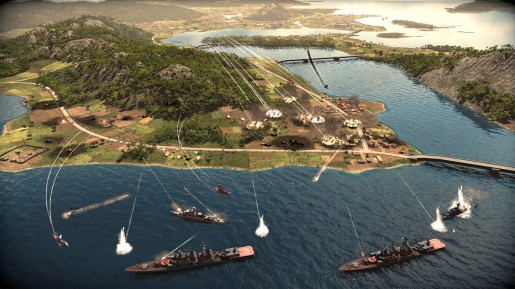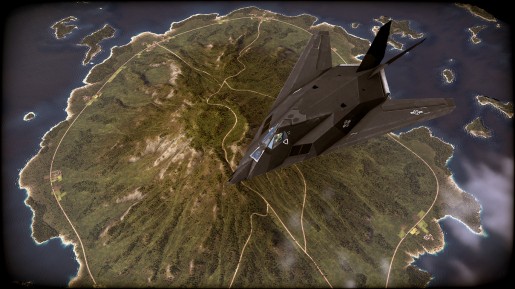Wargame Red Dragon is the latest strategy game from Eugen Systems, featuring four dynamic campaigns and extensive multiplayer options. The campaigns use a turn-based strategic map while the majority of gameplay is at a smaller scale, playing out in real-time. While that sounds a lot like Total War, the action here is quite distinct,with the focus much more on using the terrain to your advantage and with maintaining map control. In the multiplayer, you’ll construct a deck of units to take to the field in four game modes with up to twenty players.
The Wargame franchise is a relatively new addition to the pantheon of strategy games and Red Dragon is the third in the series which has thus far seen annual releases. This version sees a major shift in locale away from Europe and into Asia, specifically to the China Sea. The fact that the game’s action is focused around the coastline is important; Red Dragon introduces naval and amphibious units into the mix much as Airland Battle introduced fixed-wing aircraft. Despite the change in location and the addition of boats to mess around in, the core gameplay and feel is retained exactly as is.
Obviously adding in naval gameplay has necessitated some changes, most notably in map design; a significant proportion of the maps you’ll play on are on the coast and often feature rivers as well. There are three distinct classes of naval unit, with the biggest being unable to get in close to the coast, the next being able to get pretty close to shore and the last having the capability to even head up-river. This last ability had me excited, conjuring up visions of daring commando raids up narrow rivers through hostile territory, but this sadly seems to almost never be a viable strategy.
The lack of any major changes to the gameplay means that Eugen have had a lot of time to polish Wargame and it really shows. The campaign, while appearing very similar to the dynamic system introduced by AirLand Battle, has been improved considerably, forcing you to make much tougher choices than before. The only bad point to the campaigns at the moment is that they force you to use a certain set of units; while this isn’t a bad thing in itself, it is a shame that much of the vast array of units with specific nationalities simply don’t appear. While the focused campaigns on show are excellent, all featuring fairly believable storylines introduced using old news footage, a feature that I would like to see is a grand campaign as seen in the total war games, a setting where you pick a nation to play as on a larger map which would yield greater replay-ability. Still, the campaign gameplay on show is excellent and a dramatic improvement when you compare it to what we saw in European Escalation, the original Wargame title.
A downside to the lack of big changes however is that the same problems persist as in previous titles, the biggest of which is the impenetrability of the game to newcomers. If anything, Red Dragon in fact makes this worse, with no in-game tutorial available having been replaced by a few pages of text available in the menu. The Wargame series was fairly tough to learn as it was, with a dizzying array of more than 1,450 unit types all of which needed to be managed properly. Coupling this with additional naval units to control makes Red Dragon a daunting prospect for newbies. The hardest part of the gameplay though wasn’t covered in the tutorials from previous games nor in the pages available here though: figuring out what you did wrong when you lose.



